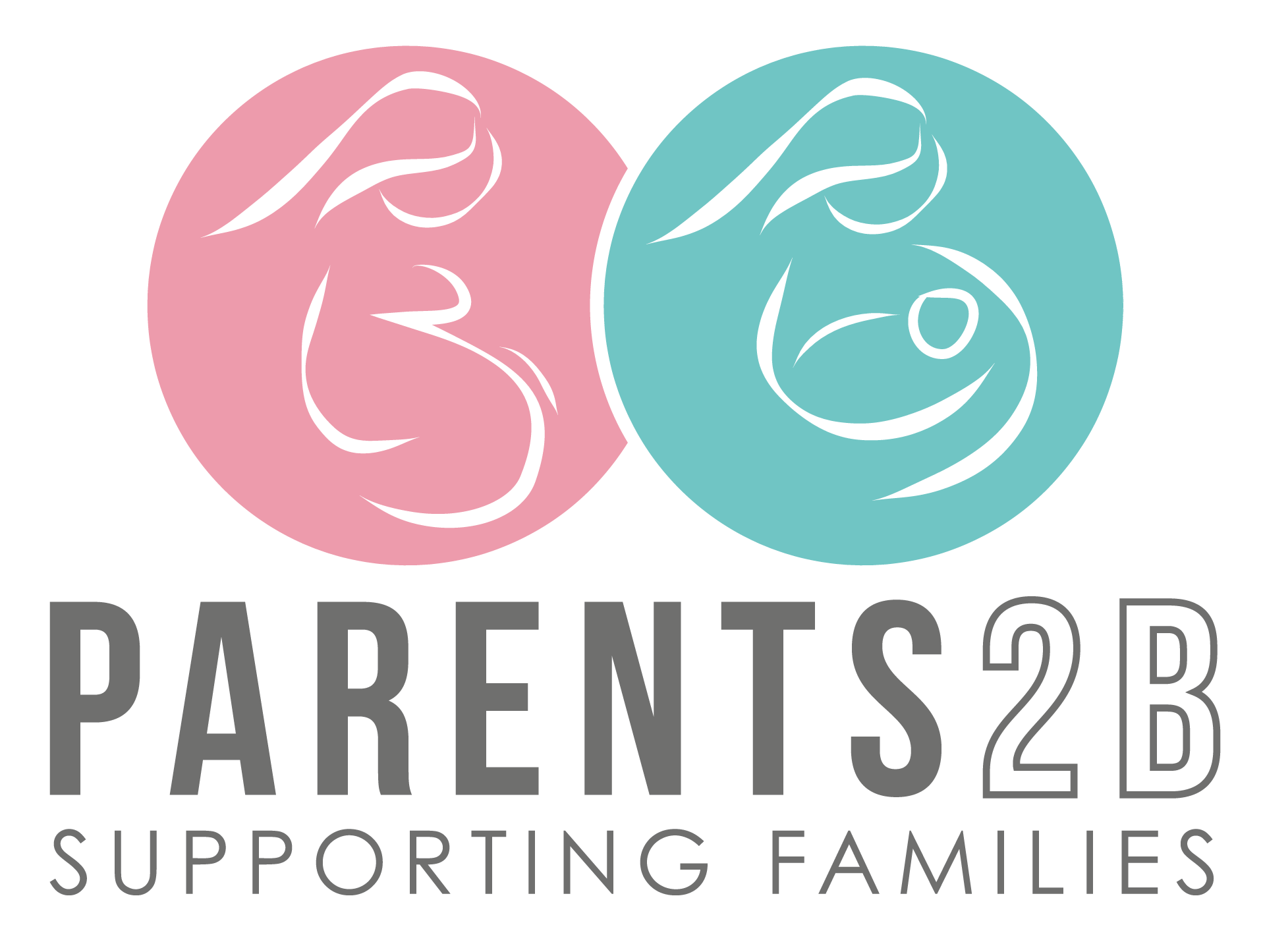
The Cause of Early Morning Wake Ups
Early waking can be directly associated with your baby’s sleep DAYTIME schedule.
One of the main reasons cortisol levels can be too high, is from sleep deprivation. Sleep deprivation can lead to stress – which can lead to increased cortisol levels.
Babies with poor day sleeps mean they can be going to sleep at night with high cortisol levels. Cortisol is the hormone that wakes us up. Cortisol levels are at their lowest level about 3-5 hours after we fall asleep. They then rise slowly through the night – therefore leading to babies waking too early in the morning.
More about Cortisol ….
A cortisol rush is the body’s natural defense mechanism when it has run out of energy and needs to keep going. As adults, we have all experienced a cortisol rush: working all day and then going out all night. On your way home, you think you will sleep for hours because you are exhausted. BUT when you get home you cannot sleep, you are wired and hyperactive. Then when you do finally fall asleep your sleep is restless, you wake constantly, you wake up early and you wake up tired!
Babies are no different!
Our bodies only have a certain period that it can stay awake.
Then our body creates melatonin in preparation for sleep. This is commonly known as the sleep window. If you aren’t asleep or falling asleep by the time you get to the end of your sleep window, your body produces Cortisol (the stress hormone) to give you a burst of energy so you can keep going.
When you see a burst of energy after tired signs, that’s a cortisol rush. Be warned: it can be very hard to get to sleep after this rush, especially for a baby who is unable to self-settle.
It is therefore essential that you understand your baby’s own tired signs, understand their sleep windows and get ensure they get sufficient daytime sleep (and the right bedtime). It can make all your sleep challenges a little easier.
Generally, following a wakeful period, your baby will start to become tired and begin to show you signs that they are ready for sleep. Before your baby can talk they must find another way of letting you know what they need. Of course, your baby will cry, and you soon begin to know what each different cry means but they will also give you a variety of other cues using their whole body to communicate. Learning how to recognise these signs may take a little while, as they are generally quite subtle and can be easily overlooked. Mixed cues will often happen when they are stressed or tired.
Most common / classic tired signs are:
Yawning
Begin to cycle their arms and legs (jerky movements)
Change in mood (happy to grizzling/crying)
Frowning
Staring into space
Clenching of their fists
Scratching their face/pull at their ears
Sucking their fingers/fists for comfort
Bury their face in your chest
Rub their eyes
Become visibly less coordinated
Arch their back or lean backwards
Overtired signs that are often overlooked and/or misinterpreted:
Waking up after one sleep cycle (approx. 45 mins)
Multiple daytime napping aka power-naps (approx. 20 mins)
Early morning wake ups (3/4/5 am)
Falling asleep when being held/on the bottle/on the breast
Sleeping well until midnight then waking constantly until morning or constant wake ups overnight
Difficult to settle when put into the cot or falling sleep instantly
Difficult behaviours when initiating the bedtime routine (crying as soon as you enter the room)
Once you notice these signs, (or even when you think they are not far away) you can pick up your baby and start to implement the bedtime routine.
A longer wind down can also help in getting your baby to sleep quicker and easier.
* The information contained in this website is for general information purposes only. The information is provided by Parents2b and while we endeavour to keep the information up to date and correct, we make no representations or warranties of any kind, express or implied, about the completeness, accuracy, reliability, suitability or availability with respect to the website or the information, products, services, or related graphics contained on the website for any purpose. Any reliance you place on such information is therefore strictly at your own risk.

